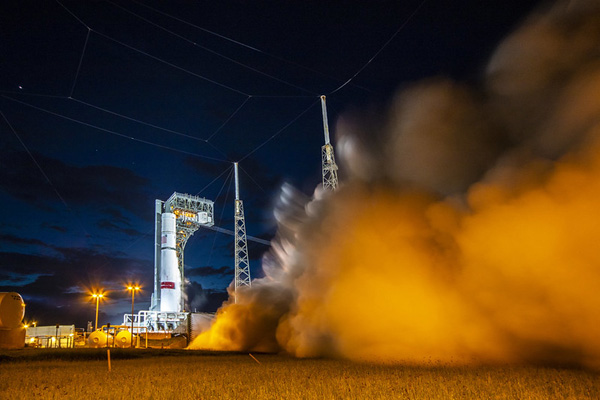
United Launch Alliance
A few hours ago, at 9:05 PM, EDT (6:05 PM, PDT), the twin methalox-fueled BE-4 engines on United Launch Alliance's (ULA) Vulcan Centaur rocket came to life at Cape Canaveral Space Force Station's Space Launch Complex (SLC)-41 in Florida.
The two engines, provided by Blue Origin, ignited for the Flight Readiness Firing (FRF) that is the final major step before Vulcan is ready to lift off and send Astrobotic's Peregrine lander to the Moon. The FRF lasted for about six seconds...with engine start-up beginning 4.88 seconds prior to ignition, and the BE-4s reaching full power for two seconds before shutting down.
With a successful FRF now out of the way, ULA is in position to roll Vulcan back into SLC-41's Vertical Integration Facility to be outfitted with its twin solid rocket boosters, and wait for the arrival of Peregrine and other payloads that will ride on Vulcan into space.
However, ULA is still investigating the Centaur V anomaly that occurred at Marshall Space Flight Center (MSFC) in Huntsville, Alabama, about three months ago. The Vulcan Centaur rocket now at SLC-41 looks ready to launch, but won't do so until ULA is confident that the mishap which occurred at MSFC won't have a negative bearing on Vulcan's inaugural mission.
Stay tuned!

United Launch Alliance

United Launch Alliance

United Launch Alliance
🔥 Let's relive that beautiful #VulcanRocket Flight Readiness Firing! #CountdowntoVulcan 🔥 pic.twitter.com/WqPe3jbpiW
— ULA (@ulalaunch) June 8, 2023

No comments:
Post a Comment